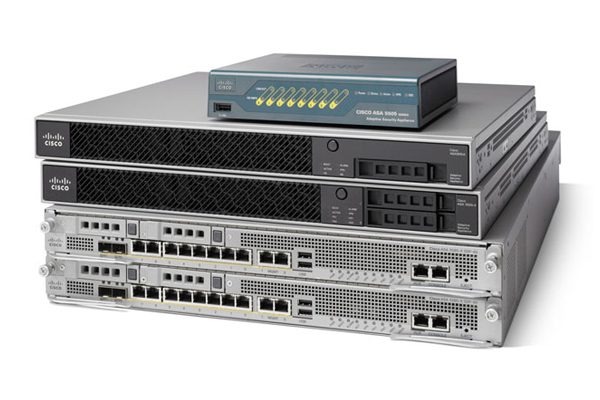Cisco Adaptive Security Appliance exists Critical VPN Flaw (CVE-2018-0101)

On 2018 January 29, Cisco release security patch to fix a vulnerability in the Secure Sockets Layer (SSL) VPN functionality of the Cisco Adaptive Security Appliance (ASA) Software (CVE-2018-0101). This flaw could allow an unauthenticated, remote attacker to cause a reload of the affected system or to remotely execute code.
 Image: Cisco
Image: Cisco
Affected version
- 3000 Series Industrial Security Appliance (ISA)
- ASA 5500 Series Adaptive Security Appliances
- ASA 5500-X Series Next-Generation Firewalls
- ASA Services Module for Cisco Catalyst 6500 Series Switches and Cisco 7600 Series Routers
- ASA 1000V Cloud Firewall
- Adaptive Security Virtual Appliance (ASAv)
- Firepower 2100 Series Security Appliance
- Firepower 4110 Security Appliance
- Firepower 9300 ASA Security Module
- Firepower Threat Defense Software (FTD)
Cisco said attackers can send malicious XML packets to these devices and execute malicious code on the devices. Attackers can even control the device. You can download the patch here.
Update: February 5, 2018
After further investigation, Cisco has identified additional attack vectors and features that are affected by this vulnerability. In addition, it was also found that the original fix was incomplete so new fixed code versions are now available. Please see the Fixed Software section for more information.
A vulnerability in the XML parser of Cisco Adaptive Security Appliance (ASA) Software could allow an unauthenticated, remote attacker to cause a reload of the affected system or to remotely execute code. It was also possible that the ASA could stop processing incoming Virtual Private Network (VPN) authentication requests due to a low memory condition.
The vulnerability is due to an issue with allocating and freeing memory when processing a malicious XML payload. An attacker could exploit this vulnerability by sending a crafted XML packet to a vulnerable interface on an affected system. An exploit could allow the attacker to execute arbitrary code and obtain full control of the system, cause a reload of the affected device or stop processing of incoming VPN authentication requests.
To be vulnerable the ASA must have Secure Socket Layer (SSL) services or IKEv2 Remote Access VPN services enabled on an interface. The risk of the vulnerability being exploited also depends on the accessibility of the interface to the attacker. For a comprehensive list of vulnerable ASA features please refer to the table in the Vulnerable Products section.





